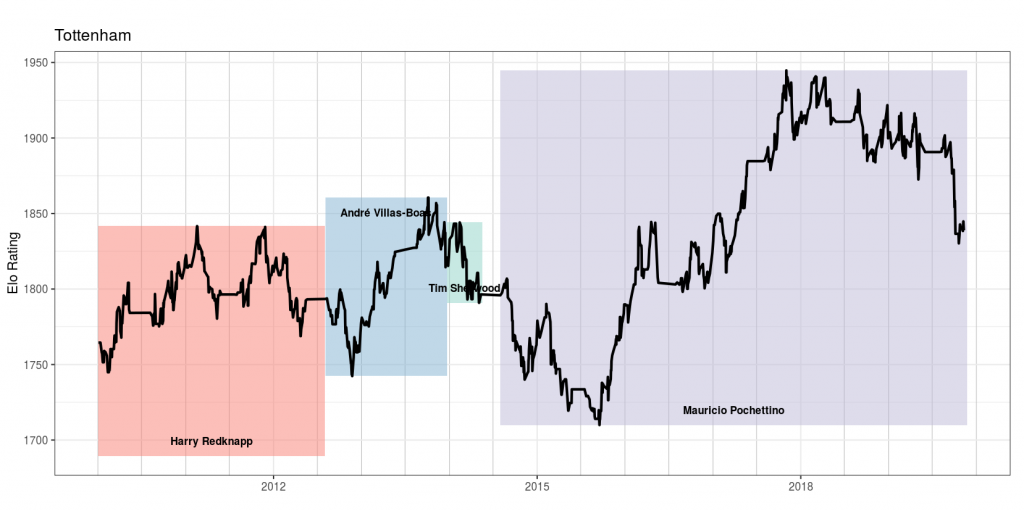Yesterday, Baada and I decided to try and record one of our recent WhatsApp conversations and release it as a podcast. I was in charge of tech, and I messed up massively. I was using Skype, and for whatever reason, it appears that my phone picked the microphone input from the phone itself and not from the AirPods I was using, so my voice came very faintly. Baada’s voice came well, though.
Leading up to the podcast, both of us had done our homework, so it’s a pity that it didn’t come out well and we can’t release it. The topic of the podcast was what kind of strategy, tactics and formations Jose Mourinho will use at Spurs. As part of our preparation, we had looked at the formations that he had used in each of his previous six clubs (Porto, Chelsea (1), Inter, Real Madrid, Chelsea (2) and Manchester United). There was one clear trend.
There are a number of positions that Mourinho prefers, and we were able to identify players in his first five clubs who occupied that position. And when it came to ManYoo, we drew a blank. This happened repeatedly as we talked through his possible formations and possible personnel to use at Spurs.
For example, Mourinho has a history of playing a Number Ten, and giving him a largely free role, encouraging him to get forward and score. Deco at Porto, Lampard at Chelsea 1, Sneijder at Inter, Ozil at Madrid, Hazard at Chelsea 2. And nobody at ManYoo! Through the Mourinho years, ManYoo didn’t have a proper Number Ten (and they don’t have one now) – it’s almost like a Number Ten wasn’t part of the ManYoo school of playing.
Then, people like to talk about Mourinho parking the bus, but an interesting feature of his game is that he uses a defensive midfielder who is good on the ball. Costinha at Porto. Makelele at Chelsea (he’s not that ultra-defensive midfielder commentators make him out to be – read Michael Cox’s Mixer to know more about him). Motta, Cambiasso and Zanetti at Inter. Xabi Alonso at Madrid. Nemanja Matic at Chelsea the second time round.
And again ManYoo didn’t have a comparable player. Mourinho took Matic along, but he didn’t do particularly well there (maybe he was past his prime?).
Then Mourinho likes a box-to-box midfielder who doesn’t mind doing dirty work. Essien in Chelsea 1, Khedira at Real. Ramires in Chelsea 2. Again ManYoo lacked such a player by the time Mourinho arrived (had he taken over earlier, maybe he might have used Paul Scholes in the role).
You can go on.
The remarkable thing is that Spurs actually have good personnel for most of the roles that Mourinho likes. They have an excellent Number Nine in Harry Kane. Dele Alli, Christian Eriksen and Hyong-Min Son are all capable of being the Number Ten (Alli is most likely to play there). Moussa Sissoko will be the box-to-box hardworking midfielder. Harry Winks can actually play the ball from central midfield. And so on.
So I expect Mourinho to do better with Spurs than he did with Manyoo. Even if he doesn’t have the budget to buy players of his choice in the next window.



 We see that if Liverpool replicate their results from last season for the rest of the fixtures, they should win the league comfortably.
We see that if Liverpool replicate their results from last season for the rest of the fixtures, they should win the league comfortably.


